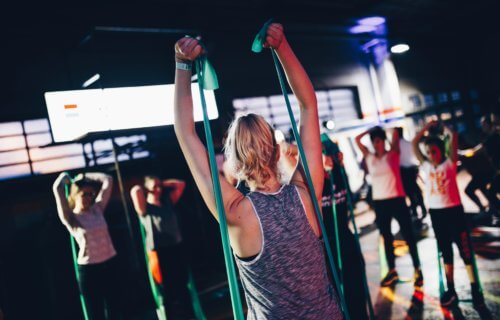IOWA City, Iowa — It may seem counterintuitive to work your muscles when trying to stop muscle pain, but a new animal study suggests there is a method to such madness. Researchers from The University of Iowa report that resistance or strength training activates androgen receptors that protect against chronic musculoskeletal pain. Even if you do not experience muscle pain at the moment, the team suggests regular strength exercises could prevent future muscle aches and problems.
People with low back pain or osteoarthritis know too well that exercise helps in making chronic pain more bearable. But there is not much research on how resistance training helps musculoskeletal pain.
To look at the benefits of strength training, researchers trained mice to climb up a ladder with small weights attached to them. Regular ladder-climbing helped in increasing the strength of the front paws.
Next, the researchers injected a mild acid solution that should create some muscle pain when working out.
However, eight weeks of resistance training stopped the development of muscle pain in both male and female mice. If muscle pain was present, the team observed that the ladder-climbing exercise would help alleviate the pain — but only in male mice. Additionally, exercise led to a temporary increase in testosterone in male, but not female mice.
In prior studies, researchers have found a protective effect between testosterone and pain. To test its role in muscle pain, the researchers injected an androgen receptor-blocking drug into some mice. Animals that received the androgen blocker experienced muscle pain. However, once the exercise-induced protective effect was there, mice were not bothered by pain caused by the androgen blocker.
The findings suggest androgen receptors are needed to protect against muscle pain. While the study was done in mice, it could lead to more recommendations for strength or resistance workouts in people with chronic pain.
The study is published in Pain, the official journal of the International Association for the Study of Pain.
